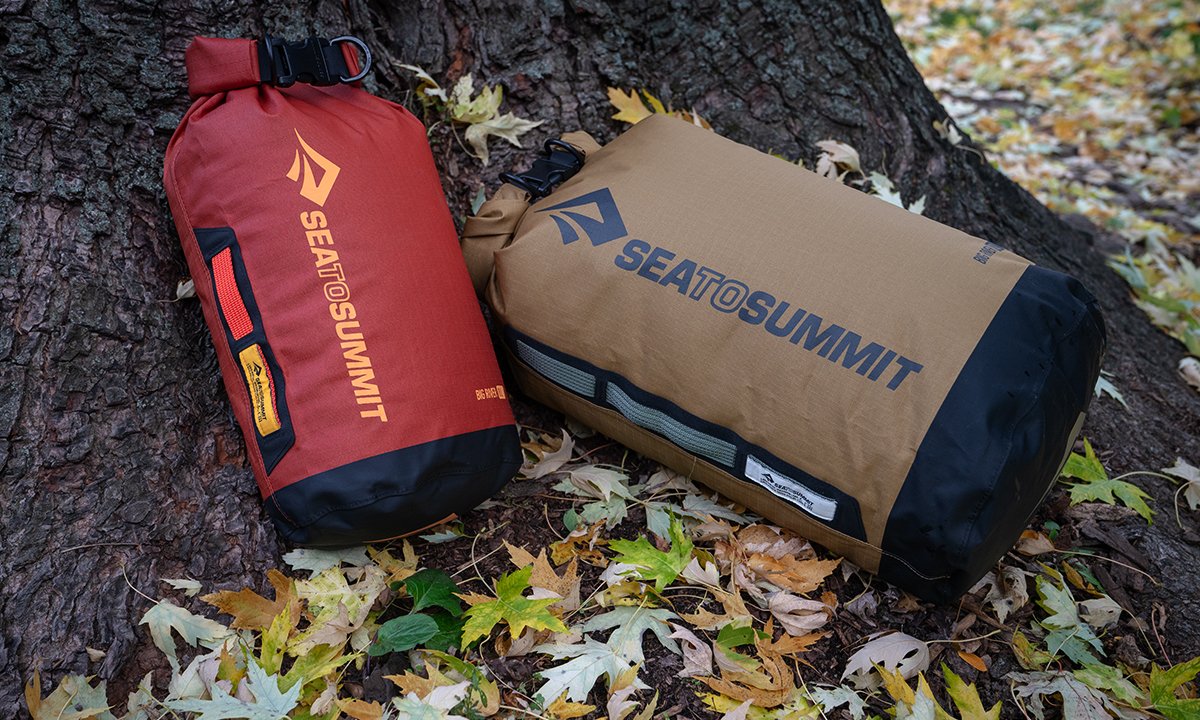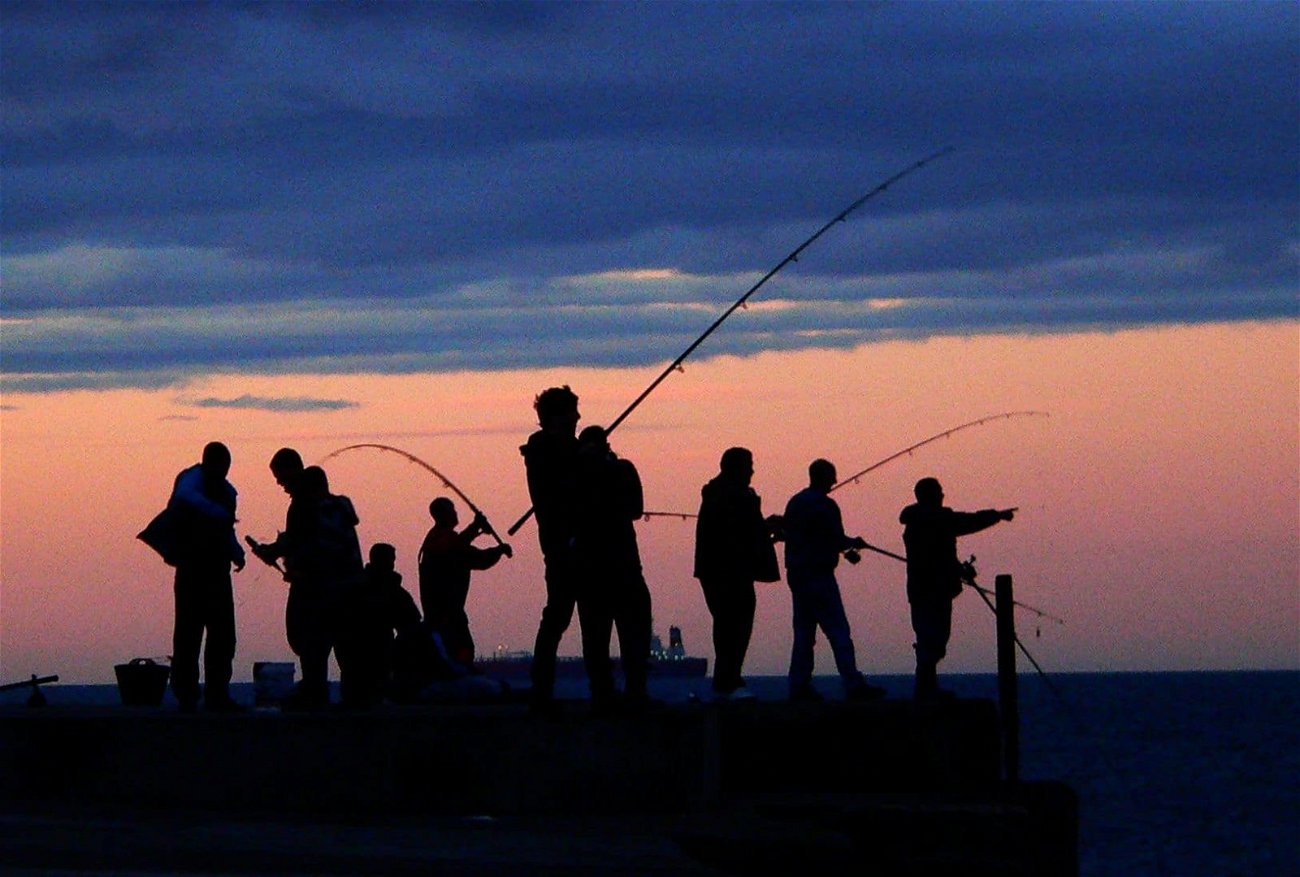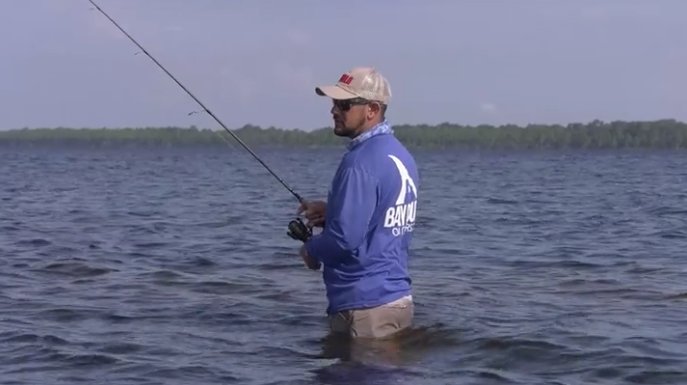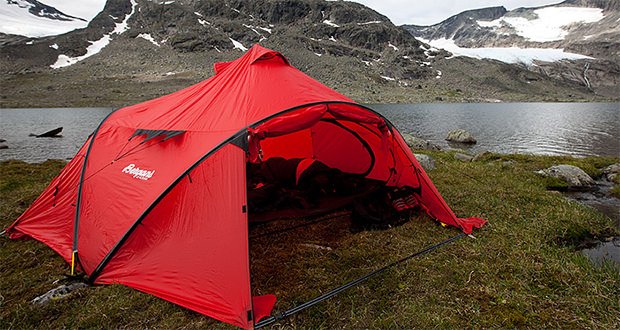While some ice anglers have hard-and-fast rules about how many inches thick the ice should be to make it safe to fish – the reality is, no ice is truly safe ice and any journey across it comes with its own risks. Note that safety depends heavily on the quality of ice—not just the thickness, says Molly Detjens, recreation warden with the Wisconsin Department of Natural Resources.
Videos by Outdoors
“You might have 12 inches of ice, but it might be rotted or weakened,” she explains. The integrity of the ice depends on a lot of factors, including recent temperatures, rain, wind, snowfall; as well as nearby inlets, outlets, or springs that keep water moving under the ice.
Here’s how to determine if the ice is thick enough to go ice fishing on:
Measure the ice thickness.
There are a lot of tools to measure ice. The first step is to go out with a spud bar, which is a long steel rod with a chisel on one end that allows you to test the ice in front of you as you walk out. If nothing breaks off with your spud bar as you walk out, you can use it to pierce the ice and measure. Or, alternatively, you can use an ice auger.
For pristine, new, clear ice, general guidelines say that:
- Under 4 inches is not safe to walk on.
- 4 inches can support one person on foot: This is generally the minimum thickness you’re looking for to ice fish, provided its just you and a tent.
- 5 to 7 inches can support a snowmobile or small ATV
- 9 to 10 inches can support a small car.
- 13 inches can support a medium truck.
- 16 to 17 inches can support a heavy-duty truck.
- 20+ inches can support a heavy-duty truck with a wheelhouse shelter.
The Minnesota Department of Natural Resources advises doubling those numbers if you’re looking at white ice.
Look for clear ice.
The safest ice is clear and black or blue, depending on the pond or lake at hand. If the ice looks cloudy or slushes up at the surface when you kick at it, it’s not reliably solid. And if the ice is white on top, that’s a sign it melted and then refroze—and white ice is only half as strong as new, clear ice, so you'll need double the thickness to reliably stand on this ice.
Ask your local bait shop or outfitter about the ice’s integrity.
There are a lot of factors that go into the quality of ice, which is why the Department of Natural Resources encourages anyone going out on the ice to first check with bait shops, fishing clubs and outfitters.
They’ll know not only the local conditions best, but they’ll also know other factors that may compromise the ice, like, say, if the lake association has an aerator running constantly, which would mean there’s unexpected water flowing under the ice.
Go with someone who knows the area.
There are a lot of factors that go into how solid and safe ice is, including recent weather patterns and currents running under the ice, explains Detjens. The lake you read about online might seem completely solid, but if there’s a secret spring nearby, that water moving under the surface prevents ice from thickening evenly, so it could be thinner in certain places. Similarly, high winds can open expansion cracks, which can cause ice to chunk off and float away—sometimes with people on top, Detjens adds.
In other words: It’s crucial to be intimately familiar with all the factors that could influence the integrity of the ice ahead of you. “A lot of people who regularly ice fish an area generally know these bodies of water pretty intimately and they likely had someone who taught them where to go, where to walk on the ice, and what to look for,” Detjens adds.
Consider bringing safety tools.
Detjens recommends carrying ice picks with you while you’re out on the ice, which can be life-saving if you fall through and can’t easily climb back up onto the slick surface.
She also recommends wearing a float suit while you’re out, which helps keep you buoyant if you fall through. They can be pricey, so you could also wear a life jacket.









